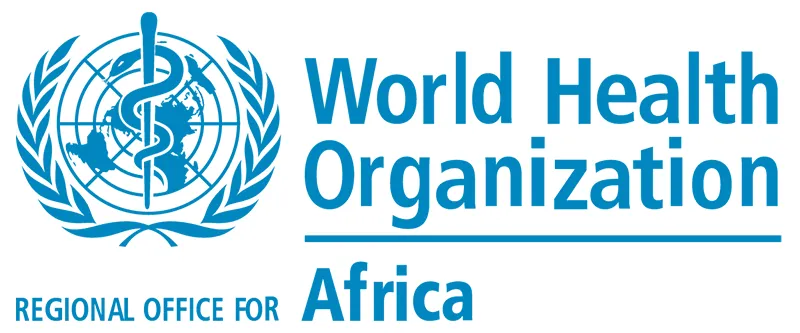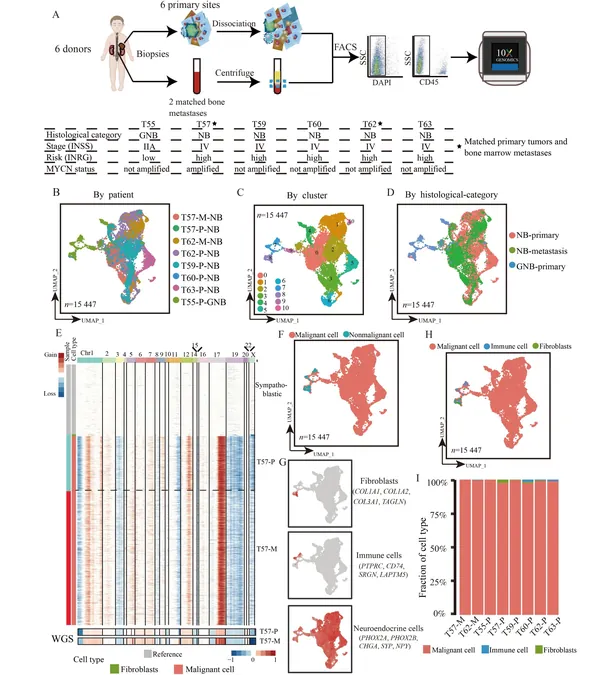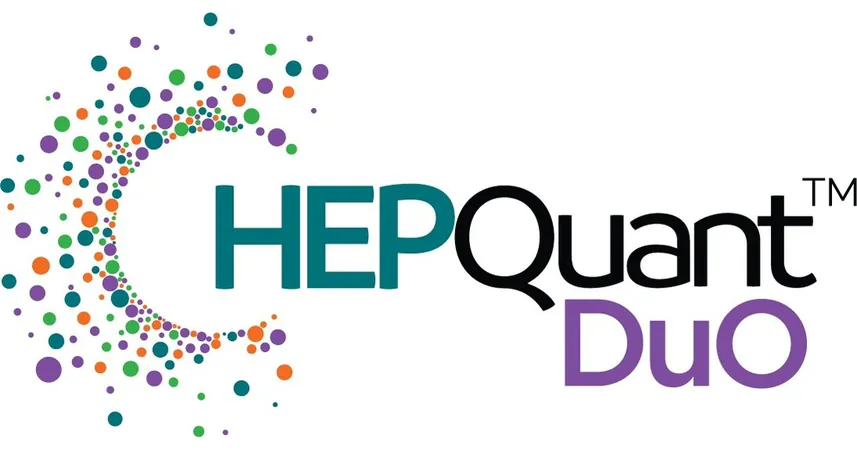
Groundbreaking Technology Boosts Polio Detection Across Africa
2024-10-23
Author: Wei Ling
Overview of the Current Polio Situation in Africa
Brazzaville – The African region, which celebrated being free from indigenous wild poliovirus since August 2020, now faces a formidable adversary: the surge of type 2 variant poliovirus (cVDPV2). Alarmingly, 290 cases of poliovirus have already been reported across 23 African nations this year alone, marking an urgent call to action for public health officials.
Innovative Approaches in Virus Detection
In response, countries are dramatically ramping up their vaccination initiatives to safeguard children from the virus, but one of the most vital aspects of this fight is the ability to detect the virus swiftly and accurately. To bolster these efforts, the World Health Organization (WHO) Regional Office for Africa, in collaboration with the US Centers for Disease Control and Prevention (CDC) and the Gates Foundation, is rolling out advanced Sanger sequencing technology in laboratories throughout Africa. This cutting-edge method plays an essential role in analyzing various regions of the poliovirus genome to track changes and mutations effectively.
Understanding the Sequencing Process
The process of sequencing allows scientists to identify specific genetic variations within poliovirus strains, offering critical information that aids in tracking transmission pathways and understanding the evolution of the virus. Previously limited to the VP1 region of the genetic code, this training initiative now empowers laboratories to analyze the entire 5′ UTR and both VP4/2 regions of the poliovirus genes.
Insights from Participants
“By expanding our sequencing capabilities beyond the VP1 region, we are significantly improving our ability to classify cases accurately, which brings us one step closer to eradicating polio,” stated Irene Turyahabwe, a participant from Uganda.
Future Plans for Advanced Training
In a proactive measure for 2024, the WHO AFRO will initiate targeted Advanced Sanger Sequencing training designed to enhance diagnostic capabilities for polioviruses, ultimately reducing the response time for detecting threats. Such training is vital in equipping laboratory personnel with the necessary skills to utilize advanced sequencing technologies and deliver timely results that are crucial for public health decision-making.
The Importance of Advanced Sequencing
“Advanced sequencing not only allows for a more efficient and quicker diagnosis but also provides indispensable evidence of the success of specific vaccination campaigns critical for ongoing polio eradication efforts. The insights gathered through this technology will serve as a cornerstone for timely public health interventions to prevent further viral spread,” explained Dr. Jude Kfutwah, coordinator of the Regional Polio Laboratory Network at WHO Regional Office for Africa.
Training Developments Across Africa
South Africa recently hosted the inaugural training round, where laboratory staff gained hands-on experience with Advanced Sanger Sequencing techniques. This training initiative is part of the Global Polio Eradication Initiative (GPEI), aimed at ensuring that countries are equipped with the capacity to detect polioviruses swiftly and accurately, eliminating delays that could compromise response efforts.
Expanding Training Initiatives
Following South Africa’s successful session, WHO is set to expand training to key countries across the continent, with Algeria, Central African Republic, and Madagascar among those next in line to benefit from this essential knowledge transfer. This regional extension ensures that multiple nations are better prepared to contribute to Africa's ongoing battle against polio.
Support in Environmental Surveillance
Furthermore, WHO is providing support to 16 polio laboratories throughout Africa engaged in environmental surveillance, testing poliovirus in stool and wastewater samples to monitor geographic spread patterns.
Collaborative Efforts for Future Eradication
As laboratories enhance their capabilities to process samples more efficiently, a spirit of regional collaboration fosters a stronger surveillance network. This unified effort is crucial in the mission to eradicate polio once and for all.
Conclusion
Could this breakthrough in detection technology be the game-changer Africa needs to eliminate poliovirus? The fight continues, and the stakes are higher than ever!




 Brasil (PT)
Brasil (PT)
 Canada (EN)
Canada (EN)
 Chile (ES)
Chile (ES)
 España (ES)
España (ES)
 France (FR)
France (FR)
 Hong Kong (EN)
Hong Kong (EN)
 Italia (IT)
Italia (IT)
 日本 (JA)
日本 (JA)
 Magyarország (HU)
Magyarország (HU)
 Norge (NO)
Norge (NO)
 Polska (PL)
Polska (PL)
 Schweiz (DE)
Schweiz (DE)
 Singapore (EN)
Singapore (EN)
 Sverige (SV)
Sverige (SV)
 Suomi (FI)
Suomi (FI)
 Türkiye (TR)
Türkiye (TR)